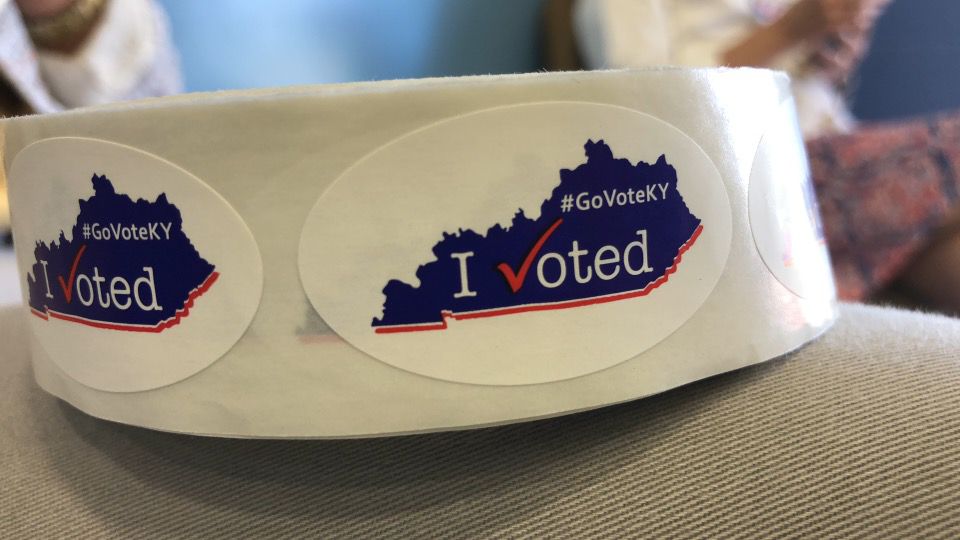FRANFKORT, Ky. — Independent voters are now the fastest growing voting bloc in the commonwealth according to new party registration numbers released by Secretary of State Michael Adams. For the first time, voters registered under “other” political affiliations reached nearly 10%.
The secretary of state said the new registration totals should be a signal to candidates for elected office. “Candidates for statewide office should take notice: to win a general election, they must reach out beyond their base and court the fastest-growing bloc of the electorate,” said Adams.
In December, those registering as Republican rose by 2,048 voters, a 0.13% increase. Republicans now account for 45.5% of the state electorate with 1,635,938 voters. Those registering as Democrats went down once again, losing 2,892 voters, a 0.18% decrease. Democrats account for 44.5% of the electorate with 1,600,466 voters.
Those registering as “other” in political affiliation surged with 1,353 new voters, a 0.38% increase. The total number of voters in that bloc now includes 358,336 Kentucky voters.
Those trends track in Kentucky, a state in which Democrats have historically dominated state and local politics but has been trending redder and redder recently. In July, Adams announced for the first time Republican voter registrations had surpassed Democratic registrations. That gap has only widened since last summer.
Since that milestone, "other" registrations have grown by 12,662 voters, making them a growing bloc of 358,336 voters who could determine elections in the state. Kentucky Gov. Andy Beshear, for example, won his first election by only 5,333 votes, or 0.37 percentage points, in 2019. The popular incumbent is up for re-election later this year in an election that may show if the change in registrations has a noticeable impact.
Forty years ago, Democrats made up 68% of Kentucky’s electorate, which dwarfed the 28% identifying as Republicans at the time. After dominating the state’s politics for over a century, things have noticeably changed.
Democrats controlled all three branches of state government for most of the 1990s before ceding the Senate to Republicans in 2000. They’ve since not taken back the Senate, and lost the state House in 2016.
The Republican hold on the state has only grown stronger, as they won every executive office except governor in 2019 and Democrats have shrunk to just 20 seats in the state legislature.
Bryce Shreve contributed reporting to this story.



